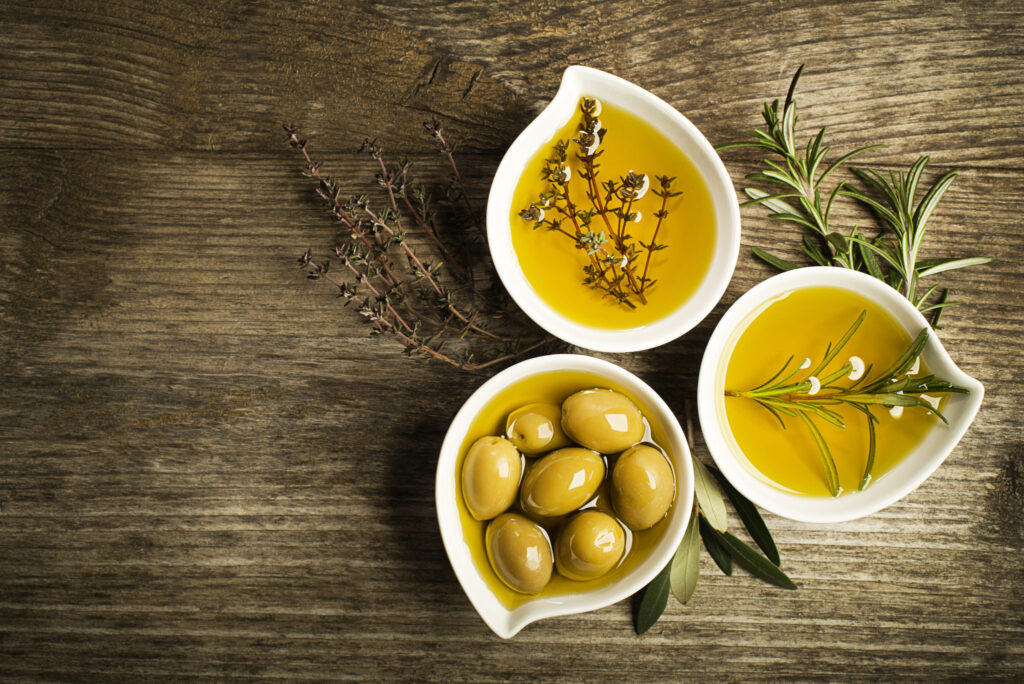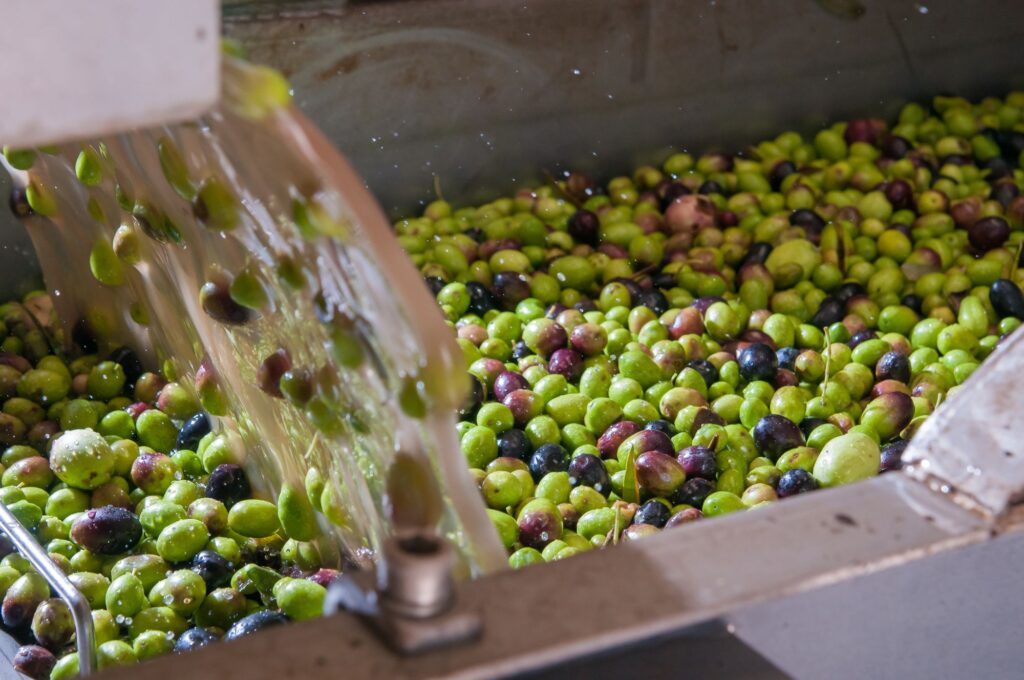Olive oil is a staple in many diets and cuisines around the world, but many people don’t know that there are different types of olive oil, each with its own unique health benefits. By the end of this post, you should have a better understanding of the different types of olive oil and how they are made.
What Is Extra Virgin Olive Oil?

Source: youtube.com
Extra virgin olive oil is a unique type that is made from pure, cold-pressed olives. Greek extra virgin olive oil has many distinctive characteristics that set it apart from any other types.
For example, it is made only from the first cold pressing of olives and has no chemicals or solvents used in its production. This makes it the healthiest and most flavorful type available. Additionally, it has a fruity flavor and a deep green color. It’s also very versatile – it can be used for cooking all sorts of dishes, from salads to sauces to desserts.
To ensure the highest quality when purchasing it, always look for a certification seal that confirms the product’s authenticity. And finally, always store it in a cool, dark place to preserve its flavor and nutrients.
The Production Process And Their Nutritional Values

Source: youtube.com
When it comes to choosing an olive oil, there are a few things to consider. First, what type of food do you want to flavor? Second, what is your budget? How do you want your food to taste? What are your dietary restrictions? How often do you plan on using it? Where are you going to store it? Below we will outline each type of olive oil and its associated production methods:
- Extra virgin olive oil: This is the highest quality and most expensive type. It is made from pure cold-pressed olives that have not been treated in any way other than being cold-pressed.
- Virgin olive oil: This is a lower quality version that has been cold processed but not expeller pressed. It has slightly less flavor than extra virgin one but can still be used for cooking because it retains some antioxidants.
- Light olive oil: This type is made from a blend of cold-pressed and processed olives with a lower acidity level than extra virgin or virgin ones which gives it a milder flavor than any other types. It can be used in place of regular or heavy butter in most recipes without changing their flavor profile significantly.
- Dark olive oil: Like light one but with more intense flavors due to its higher amount of dark green olives used in its production process which gives it stronger aromas and deeper colors when consumed.
In Summary
We discussed the production process of various olive oils, their nutritional values. With this blog post, you now have a better understanding of different types of olive oil and how they are made, so you can choose the right product for your needs. Now, go out and explore all types of available to incorporate into your diet for improved health!




